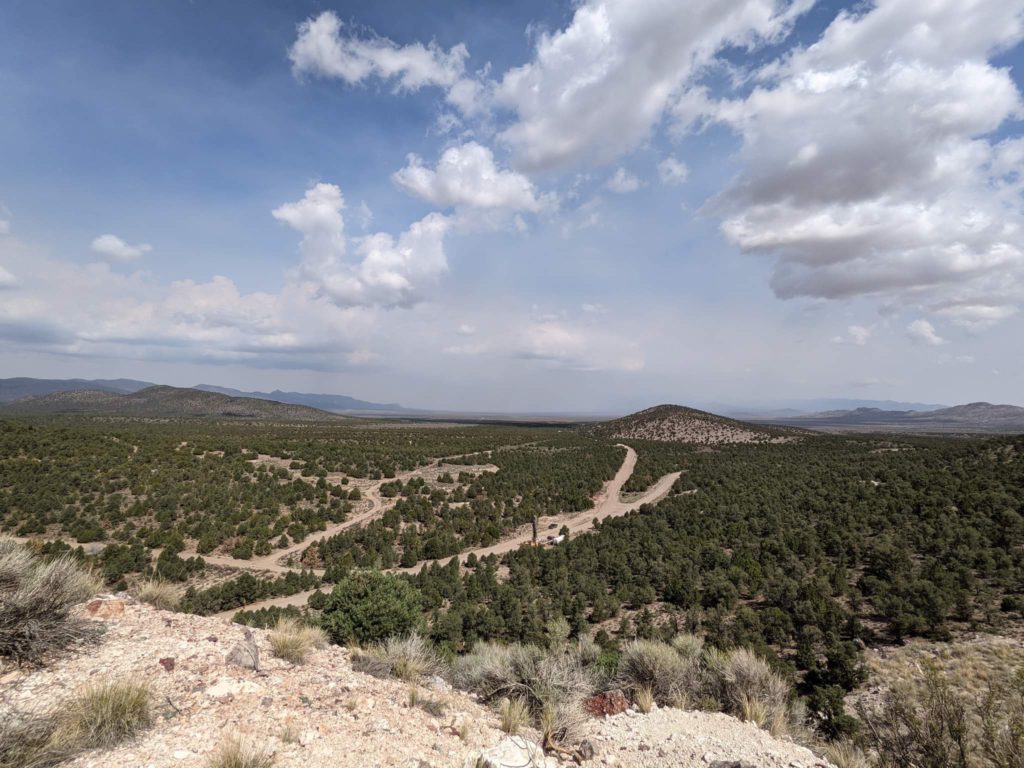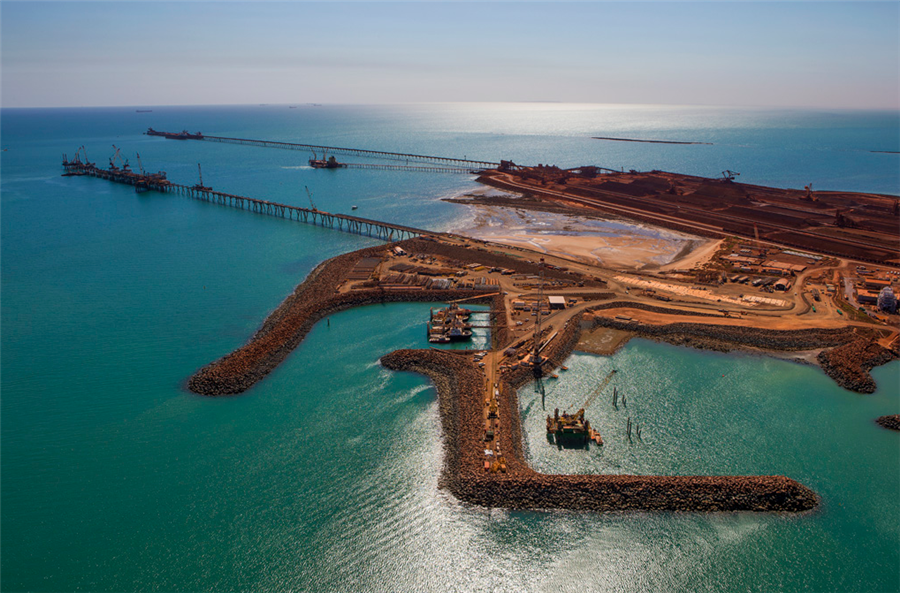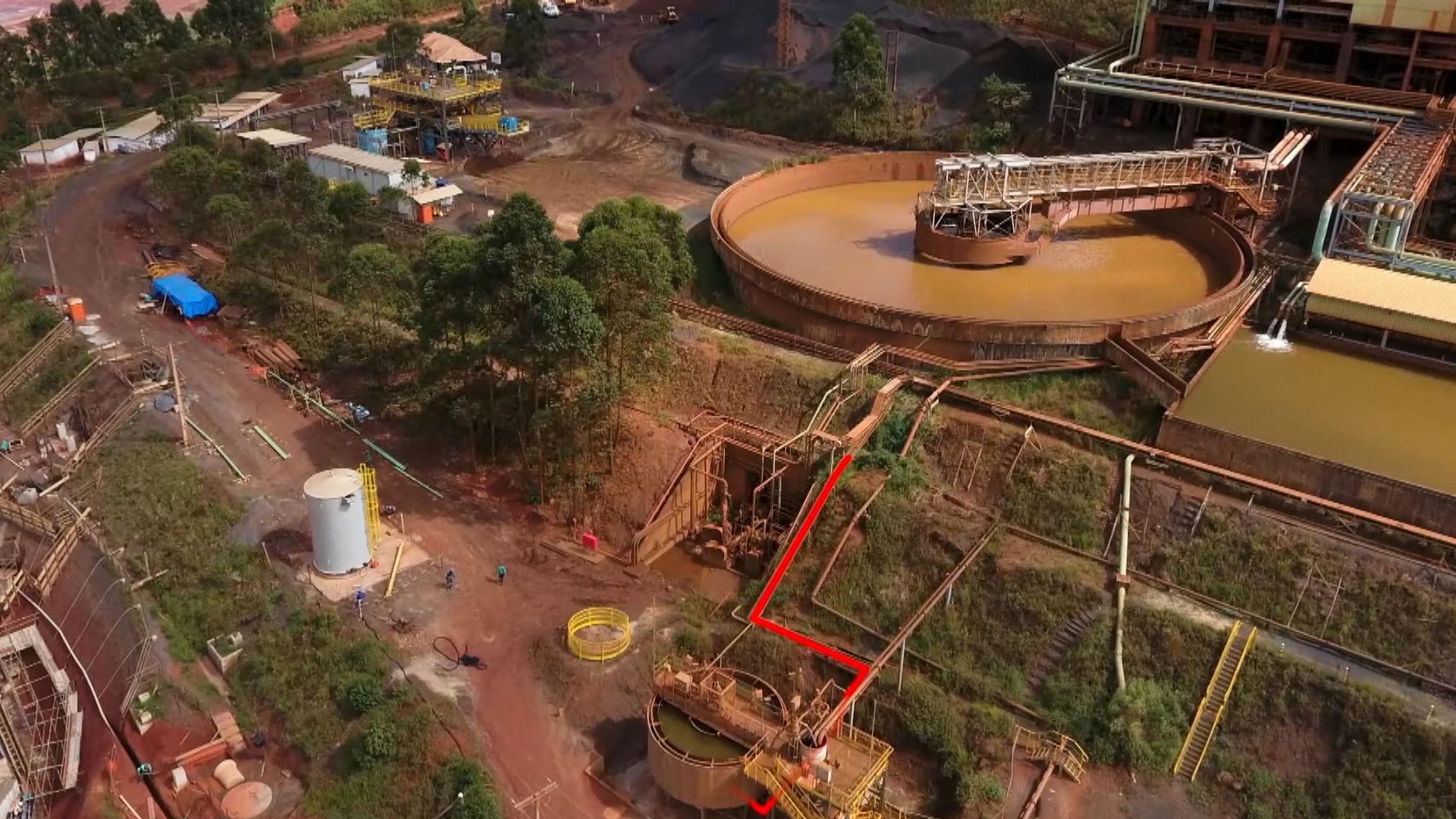Nevada King Gold drill testing scores high grades

Drilling at Nevada King Gold’s (TSXV: NKG) Atlanta project in the company’s namesake state has returned strong gold and silver results from three holes in the second stage of its metallurgical test work program.
Highlight results include 6.14 grams gold per tonne and 79.3 grams silver over 31 metres, including 25.8 metres of 6.94 grams gold and 90.5 grams silver from 160.1 metres depth in metallurgical core hole AT23NS-54C, Nevada King said in a news release Wednesday. That hole was aimed at collecting mineralized silica breccia along the West Atlanta Fault (WAF) at the site, about 264 km northeast of Las Vegas.
Reverse circulation (RC) holes AT24NS-174B and AT24NS-174C, respectively, returned 49 metres at 3.08 grams gold and 33.2 grams silver, including 6 metres grading 7 grams gold and 75.5 grams silver from 110 metres downhole; and 4.15 grams gold and 47.4 grams silver, including 6.1 metres of 11.06 grams gold and 110 grams silver from 103.7 metres depth. Those holes were designed to infill a gap in coverage along the western side of the Atlanta Mine Fault zone (AMFZ).
“The company is in the midst of a relogging program with a close focus on trace element geochemical patterns to identify protoliths within strongly altered/mineralized zones, which will allow us to further refine our geologic model,” Nevada King exploration manager Cal Herron said.
He added that the hydrothermal suite of gold-arsenic-antimony-molybdenum-thallium-barium mineralization helps identify other pathways that host high-grade gold.
“We now see opportunities for applying this knowledge to unlock the potential of Atlanta both at the district scale as well as within the immediate vicinity of the Atlanta deposit, such as at the South Quartzite Ridge Target, the North Extension Target, the East Ridge Target, and potentially to depth,” Herron said.
Pre-1985 producer
Atlanta is on the site of a past-producing open-pit gold mine where Standard Slag produced 110,000 oz. of gold and 800,000 oz. of silver from 1975 to 1985. Companies including Gold Fields (NYSE: GFI), Kinross Gold (TSX: K; NYSE: KGC) and Meadow Bay Gold drilled more than 40,000 metres at the site since the 1990s.
The drilling is part of a 60,000-metre program aimed at delineating high-grade gold along the AMFZ. The angled RC holes showed 60 to 70-degree westerly dips to the mineralized zone that the company says may have served as the Atlanta deposit’s main hydrothermal flue along the WAF.
That zone is between 15 and 20 metres thick and is bordered on the east by massive Eureka Quartzite. The mineralization occurs in strongly silicified fault and hydrothermal breccias mixed with silicified volcanics and narrow intrusive dikes.
“The highest gold grades tend to occur along contacts with silicified porphyritic rhyolite dikes,” the company said.
Nevada King began acquiring properties along the state’s Battle Mountain Trend in 2016. Atlanta hosts 11 million measured and indicated tonnes grading 1.3 grams gold for 460,000 oz. gold and 11.9 grams silver for 4.2 million contained ounces, according to a 2020 resource estimate. Inferred resources total 5.3 million tonnes at 0.83 grams gold for 142,000 oz. and 7.3 grams silver for 1.2 million oz. of contained metal.
Shares in the Vancouver-based company were flat at C$0.33 apiece on Wednesday morning, valuing the company at C$104.3 million. Its shares traded in a 52-week range of C$0.28 and C$0.48.
More News
Rio Tinto posts lowest Q1 iron ore shipments since 2019, tempers forecast
April 15, 2025 | 03:55 pm
Trump orders tariff probe on all US critical mineral imports
April 15, 2025 | 03:16 pm
{{ commodity.name }}
{{ post.title }}
{{ post.date }}




Comments